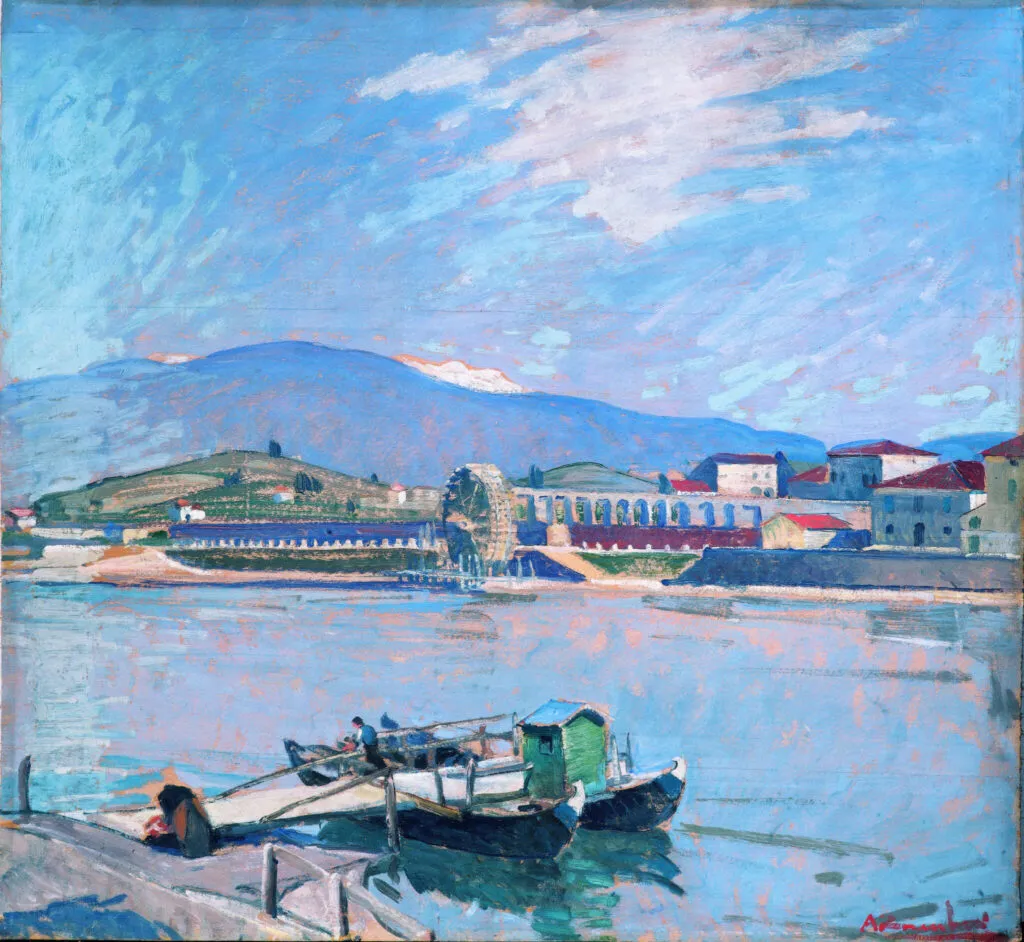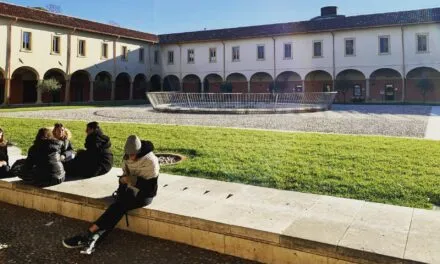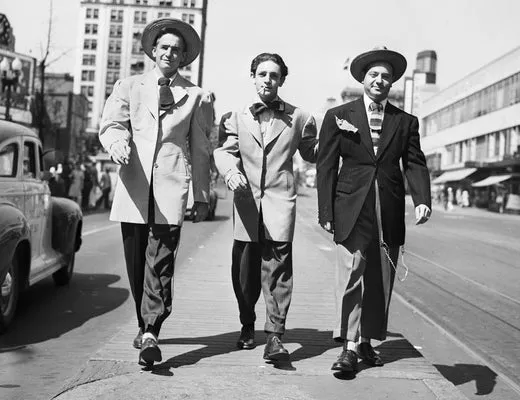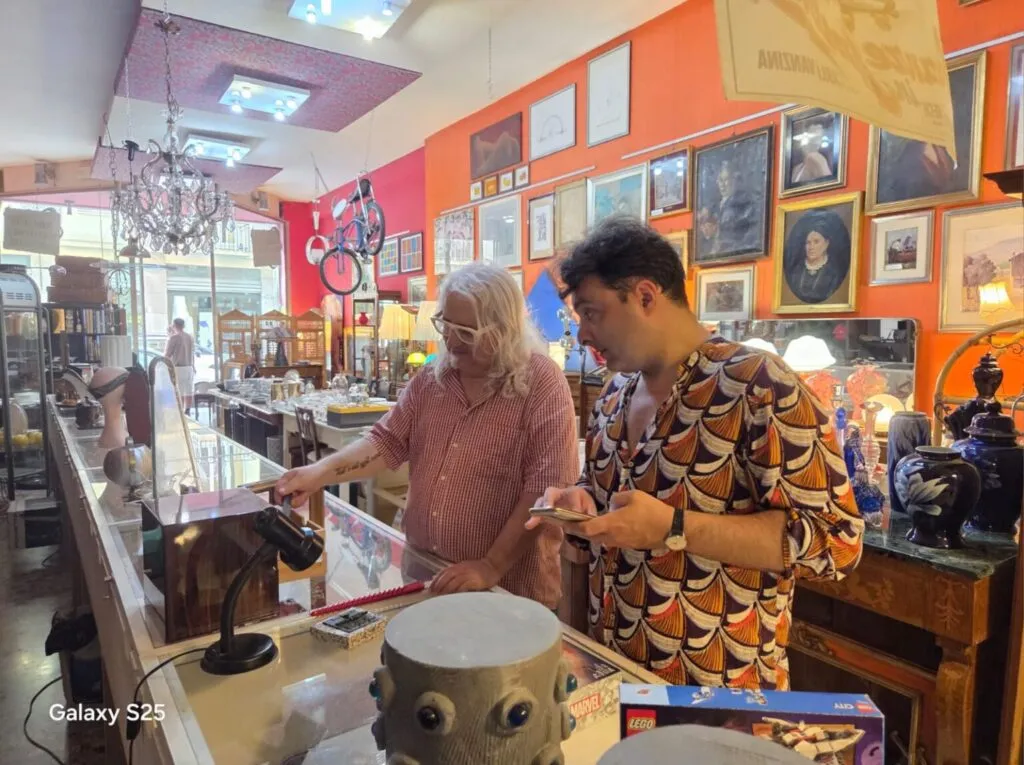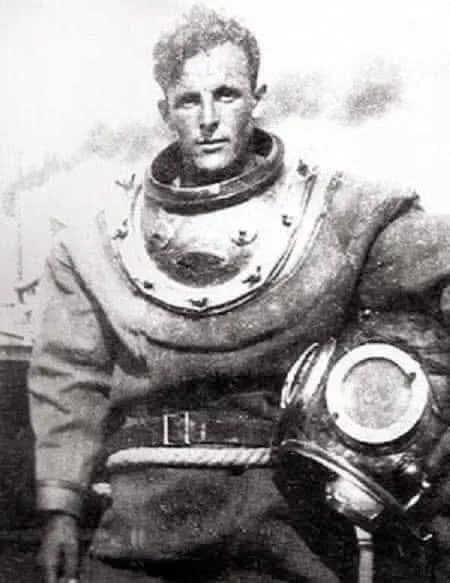Fondazione Cariverona has opened the doors of Palazzo Pellegrini, located in Verona’s historic center, to a new exhibition as part of the “Pantarei” project. Curated by Urbs Picta, this year-long project delves into the relationship between Verona and its river, the Adige, focusing on the impact of urban waters on the city. The exhibition will run until August 2025, with free admission.
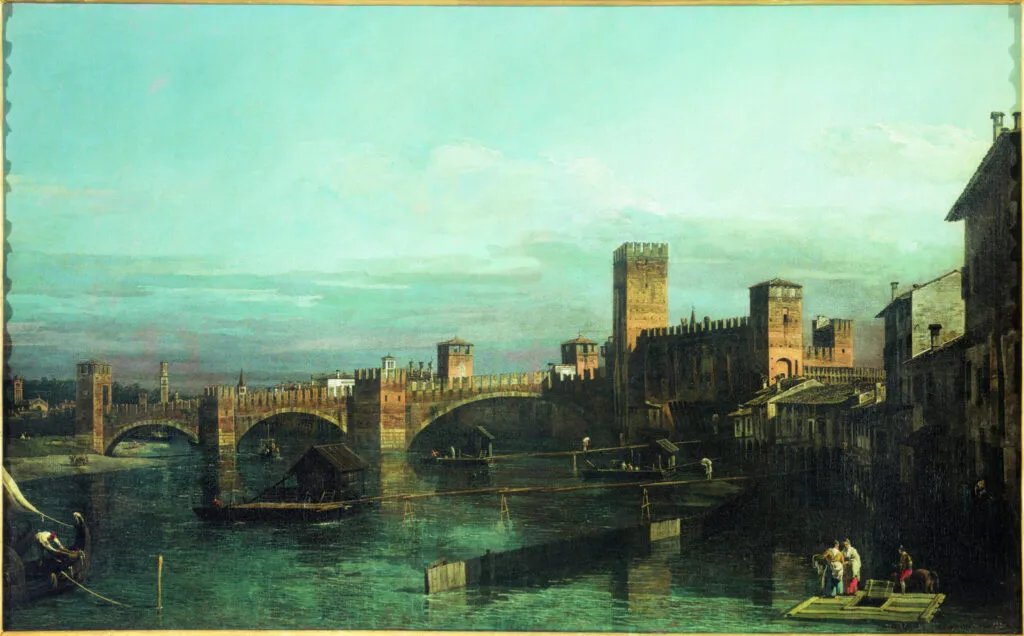
A Historical Journey Through Art
The exhibition at Palazzo Pellegrini features a carefully curated selection of 20 works from the Fondazione Cariverona collection, spanning from the early 18th century to the mid-20th century. These pieces illustrate how the city has evolved around its lifeline, the Adige River, from its early settlement in pre-Roman times to its development into a vital waterway and, eventually, a source of urban challenges. The exhibit also highlights how the river has shaped the city’s urban layout, professions, and cultural identity, particularly in the neighborhoods crossed by the Adige.
One of the exhibition’s centerpieces is Arturo Martini’s “Donna che nuota sott’acqua” (Woman Swimming Underwater), a masterpiece of Italian 20th-century sculpture. Created between 1941 and 1942 in Carrara marble, the sculpture depicts a headless female figure in motion, symbolizing the fluidity and essence of form. This dynamic work underscores the exhibition’s central theme: the relationship between movement and transformation, much like the ever-changing waters of the Adige.
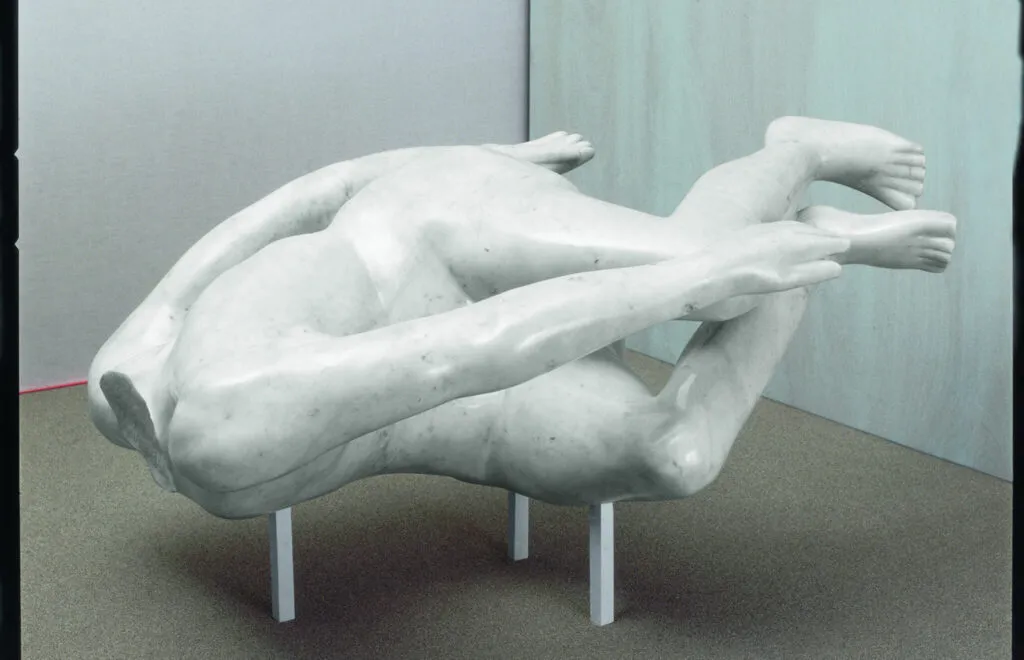
Artistic views of the Adige and Verona
Alongside Martini’s sculpture, visitors can admire several significant landscape paintings, including Bernardo Bellotto’s “Veduta di Verona con Castelvecchio e il ponte scaligero” (ca. 1745), which offers a grand view of the river and its defensive structures, and Gaspar van Wittel’s “Veduta di Verona con l’Adige e la chiesa di San Giorgio in Braida” (ca. 1720), which emphasizes the harmony between nature and architecture. These works document not only the visual grandeur of the river but also the economic and industrial activity that has flourished along its banks.
Other notable pieces include Carlo Ferrari’s “Ponte Nuovo a Verona” (ca. 1850-1860) and Rubens Santoro’s “Canale dell’Acqua Morta a Verona” (ca. 1890), which reflect the city’s industrialization and urban growth. Meanwhile, more modern transformations of the river are captured by Bartolomeo Bezzi’s “Case sull’Adige a Verona” (1914) and Angelo Dall’Oca Bianca’s “Il Teatro Romano di Verona” (1914-1942), showing how the Adige has become intertwined with Verona’s cultural and historical heritage.
Contemporary Reflections on Urban Change
As visitors enter the exhibition, they are greeted by Augusto Manzini’s “Mattino d’inverno” (Winter Morning, 1930-1931), a striking depiction of Verona’s cold, serene winters. Further along, Angelo Zamboni’s “Sole d’inverno” (Winter Sun, ca. 1934) and Ebe Poli’s “La chiesa di San Giorgio in Braida di Verona” (1949) offer a glimpse into the city’s more recent urban and artistic transformations, connecting the historic city to its rural surroundings.
Exhibition Details
The “Pantarei” exhibition is free and open to the public on the following weekends: September 21-22, September 28-29, October 5-6, October 12-13, and October 19-20, 2024, from 10:00 AM to 5:00 PM. Free guided tours are available at 11:00 AM and 3:00 PM during these weekends.
From September 23, 2024, to August 30, 2025, the exhibition will also be open Monday to Friday from 9:00 AM to 1:00 PM and 2:00 PM to 5:30 PM, with free admission available by reservation for groups and schools. To book a visit, contact corsi@urbspicta.org.
This captivating exhibition offers a unique insight into the intertwined history of Verona and the Adige River, as seen through the lens of art and urban transformation.
